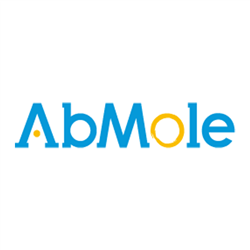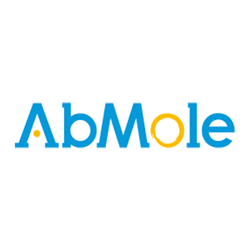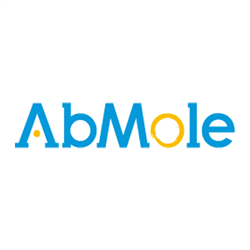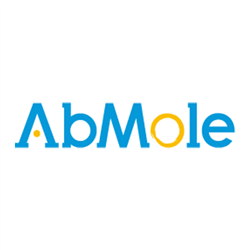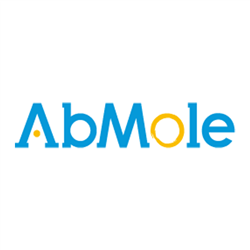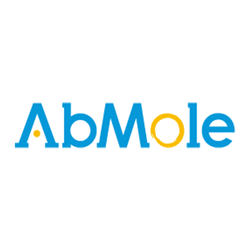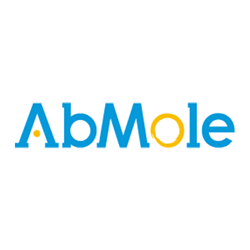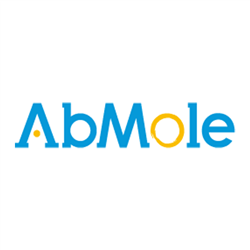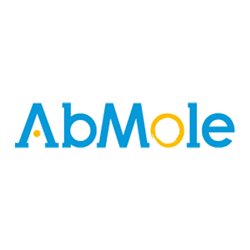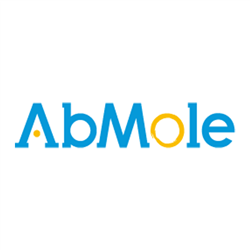Antibody
- Instrumentos
- Agitadores / Agit. Incubadores
- Orbitales
- Con Incubación
- Incubadores Gran Capacidad
- Lineales, Balanceo y 3D
- Incubadores Microplacas
- Para colocar en estufa
- Magnéticos
- Mezcladores /Roller /Rotatorios
- Agitadores de Paletas
- Jeio Tech Accesorios para Agitadores
- Benchmark Accesorios para Agitadores
- N-Biotek Accesorios para Agitadores
- Biosan Accesorios para Agitadores
- Labnet Int. Accesorios para Agitadores
- Vórtex
- Analisis Imagen, animales, plantas, geles
- Balanzas
- Baños Termostáticos
- Cabinas Flujo / Extraccion gases / PCR
- Centrifugas
- Detectores de Radioactividad
- Electroforesis
- Electroquímica
- Equipos Microplacas
- Espectrofotometros
- Experimentacion Animal
- Hornos de Hibridacion
- Homogeneizadores
- Estufas / Equipos calor, frio
- Luminómetros de Tubos
- Microbiologia
- Pipetas / Dispensadores
- Pipetas Labnet Int. Monocanales Automaticos
- Pipetas HTL Monocanales Automáticas
- Pipeta Accumax Mono y Multicanales
- Pipetas Labnet Int. Multicanales
- Pipetas HTL Multicanales
- Pipetas Volumen Fijo
- Pipetas Electrónicas
- Dispensadores
- Dispensadores de Botella
- Pipetas Biosan Monocanales
- Pipetas Biosan Multicanales
- PCR / Tiempo Real (qPCR)l / Cicladores
- QPCR, Sistemas automaticos
- Sonicadores / Ultrasonidos
- Ultracongeladores
- Bombas Jeringa / Vacio / Osmoticas
- Ultracentrífugas
- Micro Array label free
- Contadores de Células
- Contenedores Criogenicos
- Producción agua ultrapura
- Electrospinning
- Agitadores / Agit. Incubadores
- Reactivos
- Consumibles
- Catálogos PDF
Antibody Hay 61873 productos.
Denosumab
Denosumab is designed to target RANKL (RANK ligand), a protein that acts as the primary signal to promote bone removal/resorption.
Recombinant Mouse CT-1 (HEK 293)
Cardiac trophin-1 (CT-1) is a member of the cytokine family, which also includes IL-6, IL-11, leukemia suppressor (LIF), tumor suppressor M (OSM), and ciliary neurotrophin (CNTF). Protein structure: CT-1 (SER2-ALA203), Accession # Q60753-1.
Recombinant Rat IL-4 Protein (CHO, C-His)
Interleukin-4 (IL-4) is a pleiotropic cytokine regulates diverse T and B cell responses including cell proliferation, survival, and gene expression. IL-4 regulates the differentiation of native CD4+ T cells (Th0 cells) into helper Th2 cells, and regulates the immunoglobulin class switching to the IgG1 and IgE isotypes.
Recombinant Human IL-21 (CHO-expressed)
Recombinant Human IL-21
Recombinant Human MCP-2/CCL8 (E. coli)
McP-2, a member of the chemokine family, is a group of 70-80 residues with significant sequence similarity. Protein structure: McP-2 (GLN24-PRO99), Accession # P80075.
Recombinant Human RBP4 (HEK293, C-His)
Human-retinol binding protein is a single-chain polypeptide with a molecular weight of approximately 21000 and one binding site for retinol and other forms of vitamin A. In plasma, RBP4-retinol forms a complex with transthyretin (TTR), also known as thyroxine-binding protein and prealbumin. Defects in RBP4 cause retinol-binding protein deficiency, which...
Recombinant Mouse CCL21 Protein (E. coli)
C-C Motif Chemokine 21a (CCL21) is a small secreted cytokine that belongs to the intercrine beta (CC chemokine) family. Mouse CCL21 inhibits hemopoiesis and stimulates chemotaxis. It has chemotactic function in vitro for thymocytes and activated T-cells, but not for B-cells, macrophages, or neutrophils.
Recombinant Human/Mouse/Rat Irisin (Mammalian, C-6His)
Fibronectin type III domain-containing protein 5 is the precursor of irisin. Mature human, mouse share 100% sequence identity.Irisin induces expression of peroxisome proliferatoractivated receptor γ coactivator 1α (PGC1α) and uncoupling protein1(UCP1), mitochondrialassociated metabolic proteins. Irisin induces the transition of white adipose tissue into...
Recombinant Human HB-EGF (E. coli)
HB-EGF signals through the EGF receptor to stimulate the proliferation of smooth muscle cells, epithelial cells and keratinocytes. ED50 < 0.75 ng/ml, measured in a cell proliferation assay using 3T3 cells.
Recombinant Human Beta-NGF Protein (E. coli)
Human β-Nerve Growth Factor (β-NGF) is structurally related to BDNF, NT-3 and NT-4 and belongs to the cysteine-knot family of growth factors that assume stable dimeric structures. β-NGF plays a crucial role in the development and preservation of the sensory and sympathetic nervous systems. Β-NGF also acts as a growth and differentiation factor for B...
Recombinant Human TNF α (HEK293, C-His)
Recombinant Human TNF α (HEK293, C-His) plays an important role in growth regulation, differentiation, inflammatory response, viral replication, tumorigenesis, autoimmune diseases, and viral, bacterial, fungal, and parasitic infections.
Recombinant Human LIF Protein (E.coli)
Leukemia Inhibitory Factor (LIF) is a lymphoid factor that promotes long-term maintenance of embryonic stem cells by suppressing spontaneous differentiation. LIF has a number of other activities including cholinergic neuron differentiation, control of stem cell pluripotency, bone and fat metabolism, mitogenesis of certain factor dependent cell lines and...

